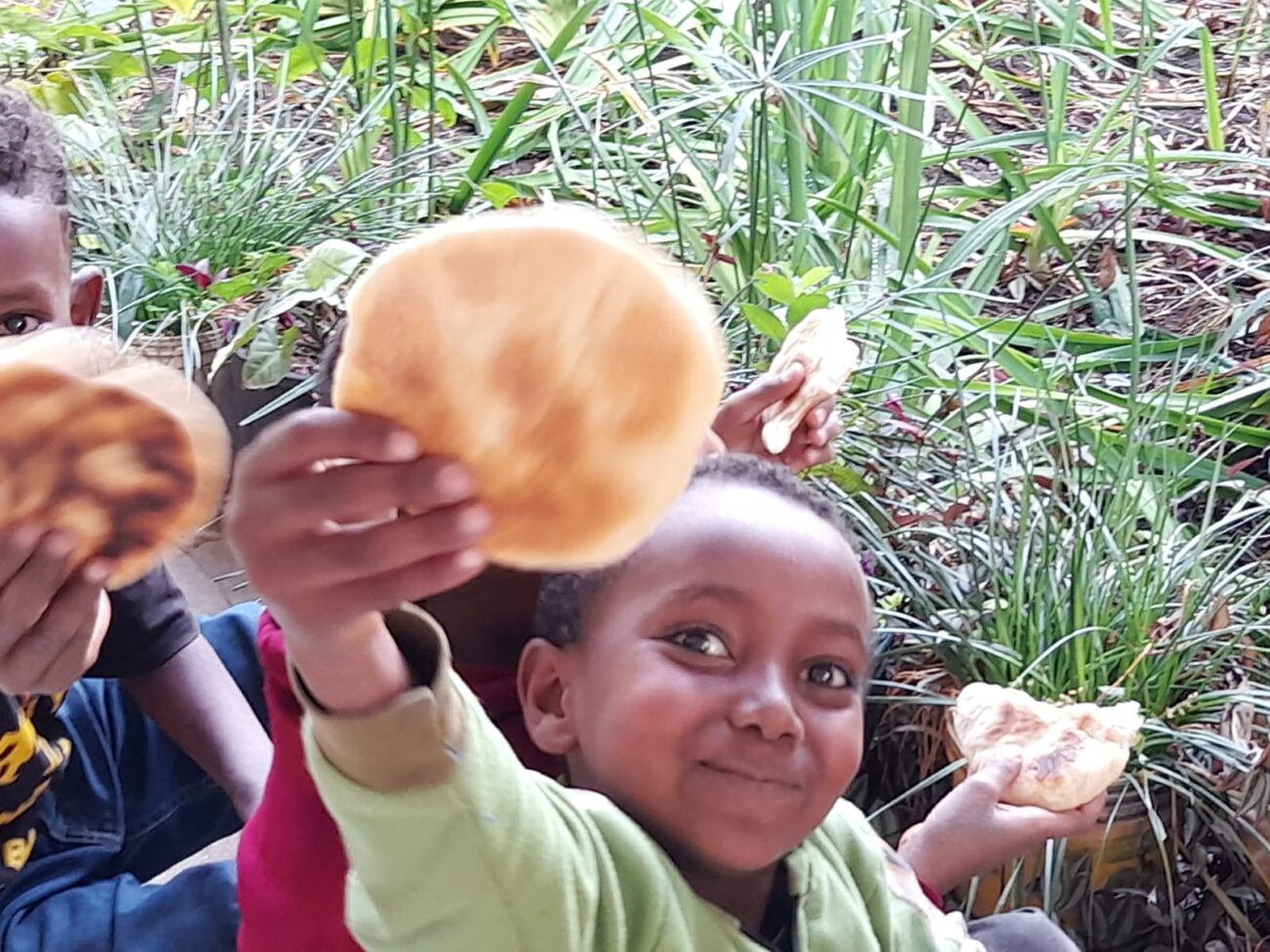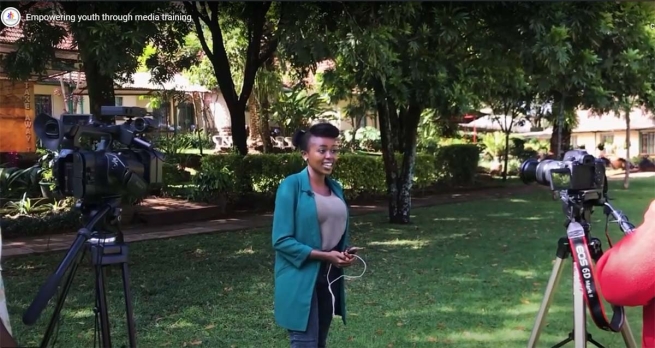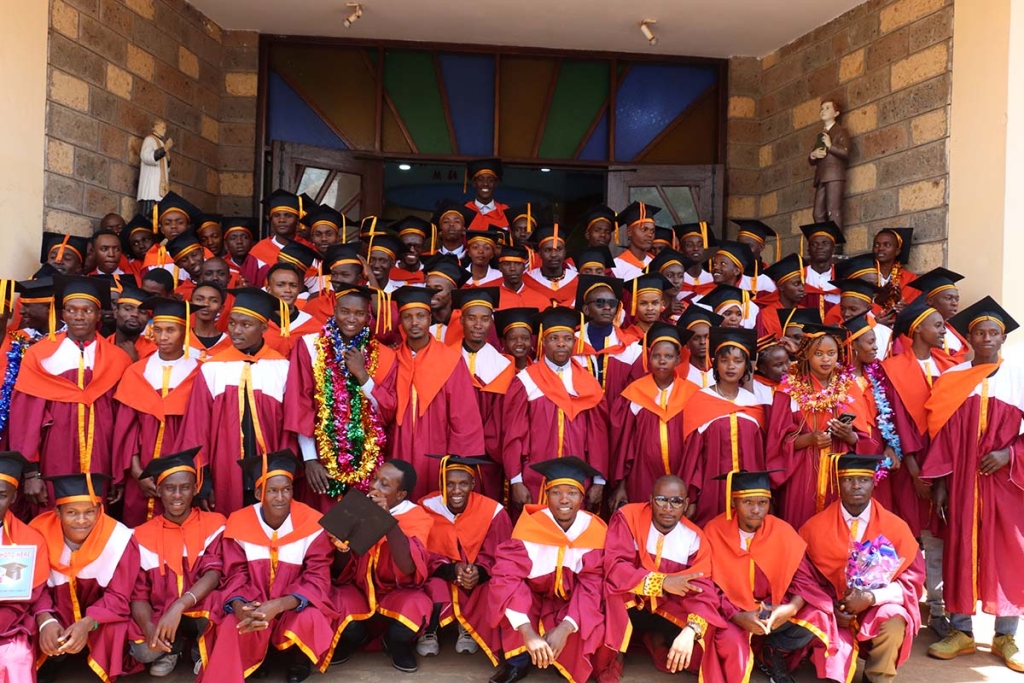HORN OF AFRICA: More than 300,000 Children at “Risk of Dying” from Malnutrition, Disease
(MissionNewswire) The United Nations reports that more than 300,000 children in the Horn of Africa are severely malnourished and “at risk of dying.” The region, also referred to as Northeast Africa, includes the countries of Eritrea, Djibouti, Ethiopia and Somalia – all severely affected by a drought and subsequent famine. Neighboring Kenya is also affected due to the massive numbers of refugees fleeing starvation and violence in Somalia.
“The crisis in the Horn of Africa is a human disaster becoming a human catastrophe,” reports Anthony Lake, executive director of UNICEF, the U.N.’s children’s agency.
According to Lake, 1.4 million children are affected in Somalia alone, with an estimated 390,000 suffering from malnutrition. His agency estimates that nearly 140,000 children in south-central Somalia are currently suffering from “severe acute malnutrition” and are near death.
On July 20, the U.N. declared a famine in two regions of southern Somalia, marking the first time since the early 90s that the U.N. has declared famine in Somalia. Across the region, nearly 11 million people are at risk according to UNICEF.
Malnutrition rates in Somalia are currently the highest in the world, with peaks of 50 percent in southern areas, according to Mark Bowden, the U.N. humanitarian coordinator for Somalia.
Aid agencies have struggled to reach the most desperate parts of Somalia, where Al-Shabab extremists maintain control and refuse access to essential humanitarian organizations, including the U.N. World Food Program. As a result, tens of thousands are fleeing to refugee camps in neighboring countries Ethiopia and Kenya.
The children and people of the Horn of Africa face not only a threat of death from starvation, but from diseases that spread easily in overcrowded refugee camps. Men, women and children travel hundreds of miles on foot to make it to refugee camps where, sadly, they face another deadly threat.
Water-borne diseases are also a “lethal threat to children in southern Somalia,” according to an Aug. 18 report from UNICEF, which urges that a rapid response is needed as cholera cases increase. The report cites that 75 percent of all cases of highly infectious acute watery diarrhea are among children under five.
According to UNICEF, many of the Horn of Africa’s rural and urban areas rely on shallow wells, which – unless they are protected or treated with chlorine – can become a perfect breeding ground for water-borne diseases.
Therefore, aid must not only focus on providing food, it must also include plans for access to ongoing clean water, says Brother Cesare Bullo, executive director of the Salesian Planning and Development Office in Addis Ababa, Ethiopia.
His office has put together plans to “rehabilitate” shallow wells to make them safe as well as dig new wells.
“We have located four water points that need to be rehabilitated and strengthened through the purchase of new pumps and additional excavations to find more water,” says Br. Bullo. “The new wells will be built in four areas for local communities very much in need of water at the moment. The wells need to be capable of providing a sufficient quantity of water during the droughts.”
In order to complete these projects, and provide life-saving food aid and water distribution, the Salesians have coordinated an international fundraising initiative. Salesian Missions of New Rochelle, NY, has put out an urgent appeal to U.S. donors to help raise the project goal of $850,000 that this initial response will require. To make a donation, go to www.SalesianMissions.org.
UN Photo/Stuart Price
Sources:
http://www.un.org/apps/news/story.asp?NewsID=39086&Cr=Somali&Cr1=
http://www.unicef.org/media/media_59585.html
http://www.unicef.org/media/media_59241.html




